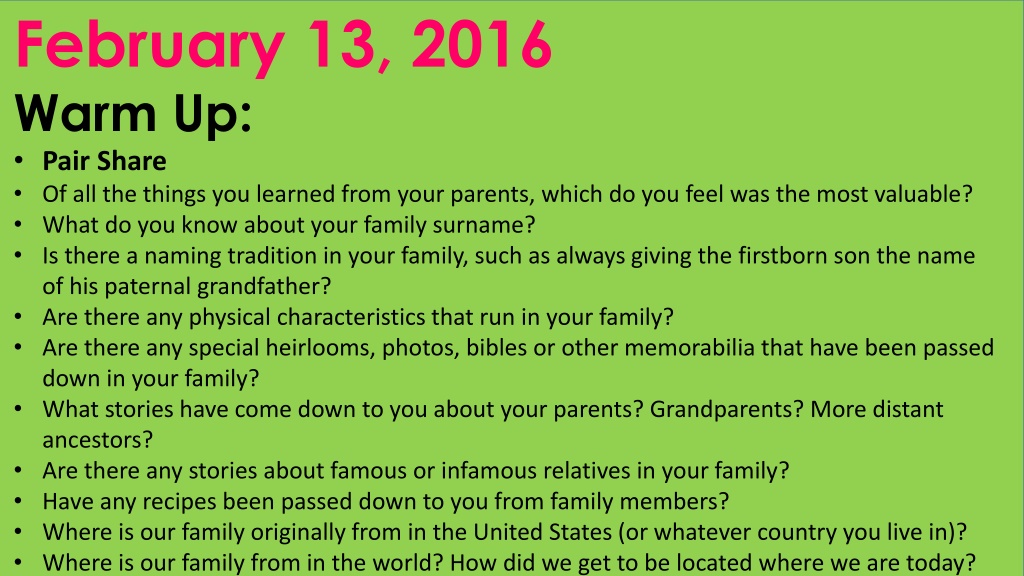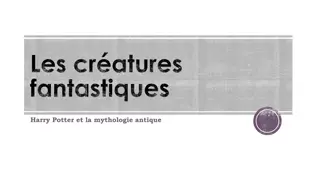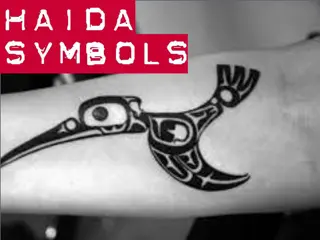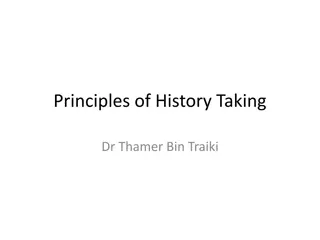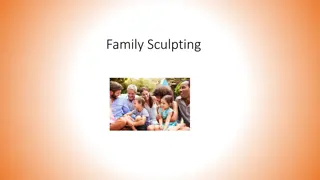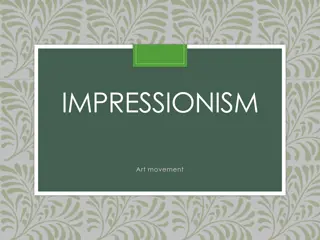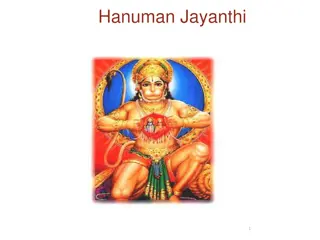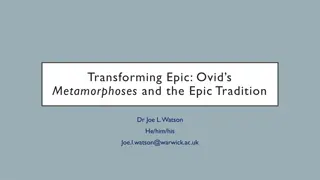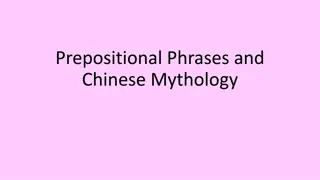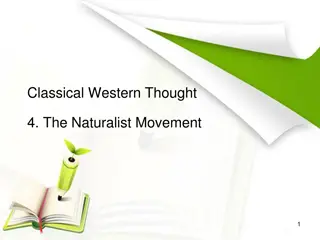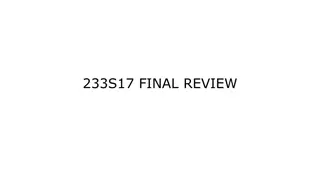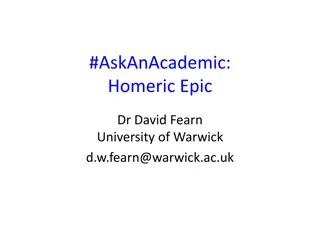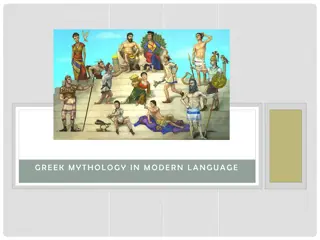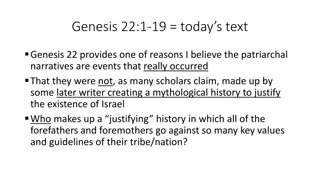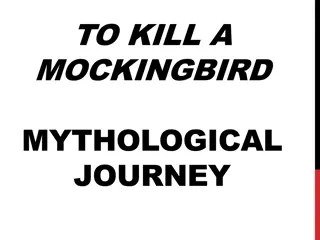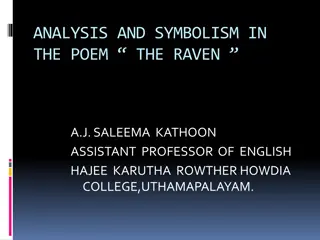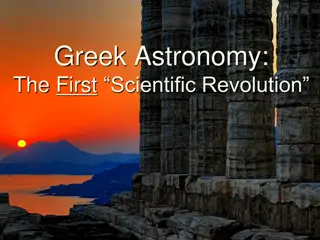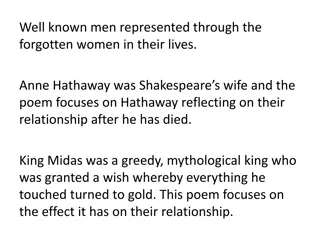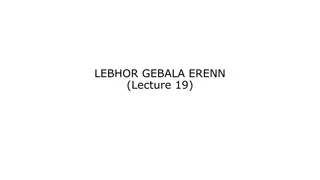Exploring Family History and Mythological Concepts
Delve into the rich tapestry of family lineage, exploring naming traditions, physical characteristics, heirlooms, and ancestral stories. Then, journey into the realm of myths, legends, and fables to understand their significance in human culture.
Download Presentation

Please find below an Image/Link to download the presentation.
The content on the website is provided AS IS for your information and personal use only. It may not be sold, licensed, or shared on other websites without obtaining consent from the author. Download presentation by click this link. If you encounter any issues during the download, it is possible that the publisher has removed the file from their server.
E N D
Presentation Transcript
February 13, 2016 September 23, 2015 Warm Up: Pair Share Of all the things you learned from your parents, which do you feel was the most valuable? What do you know about your family surname? Is there a naming tradition in your family, such as always giving the firstborn son the name of his paternal grandfather? Are there any physical characteristics that run in your family? Are there any special heirlooms, photos, bibles or other memorabilia that have been passed down in your family? What stories have come down to you about your parents? Grandparents? More distant ancestors? Are there any stories about famous or infamous relatives in your family? Have any recipes been passed down to you from family members? Where is our family originally from in the United States (or whatever country you live in)? Where is our family from in the world? How did we get to be located where we are today? In your Composition notebook, go to the back of your book. On the last page, write for 5 minutes : What are you most grateful for? Why?
Myth is the earliest form of science: speculation about how the world came into being. Myth is religion and philosophy; an attempt to explain why things happen. Myth is the history of prehistory, the earliest form of literature and oral tradition. Myth is morality in that it tells us the right way to live. Myth Answers 4 Big questions: 1. How did we get here? Why? 2. How should we live? (morality) 3. Where are we going? 4. How do we explain the unexplainable? (early attempts at science)
What is the difference between a myth, legend, fable and folk tales?
Legends tell about real people and their actions. The stories are passed down and become exaggerated. They are based on facts, but they are not completely true.
King Arthur Robin Hood Atlantis
Fables are passed down from generation to generation Teaches a lesson about something. Fables personify animals or natural forces.
The Tortoise and Hare The Ant and the Grasshopper
Folktales originate from the oral storytelling tradition. While contemporary views often associate folk tales with children s stories, original folk tales were specifically meant for adults and often had very bawdy or violent content.
Paul Bunyan and Babe the Blue Ox American cowboy Pecos Bill Stone Soup
September 24, 2015 Quietly, grab a sticky note from the front desk. So What is a Fairytale? Berlein suggests myth is at least 5 things. List them on the sticky note. Write one question you have had during the reading. Stick your sticky notes to the back wall.
Fairy tales are stories written specially for children, often about magical characters such as elves, fairies, goblins and giants. Sometimes the characters are animals.
Cinderella Jack and the Bean Stalk Pinocchio Sleeping Beauty
Mr. Barrys Example Use Flow Chart to identify the type of story being told.
A Project In this project you will create a trifold brochure. The project will be research based. You will research: 1. Your family crest and ancestral roots. 2. You will define a. myth b. folktale c. legend d. fairytale 3. Find an example of each and summarize. 4. Use Google Docs or any other software to produce a colorful and creative brochure.
You can use this template: https://drive.google.com/previewt emplate?id=1XfU8J_yrTY_5Gs6iOk qyYgQE_gZiqGcj0euPC75v1jQ&mo de=public
